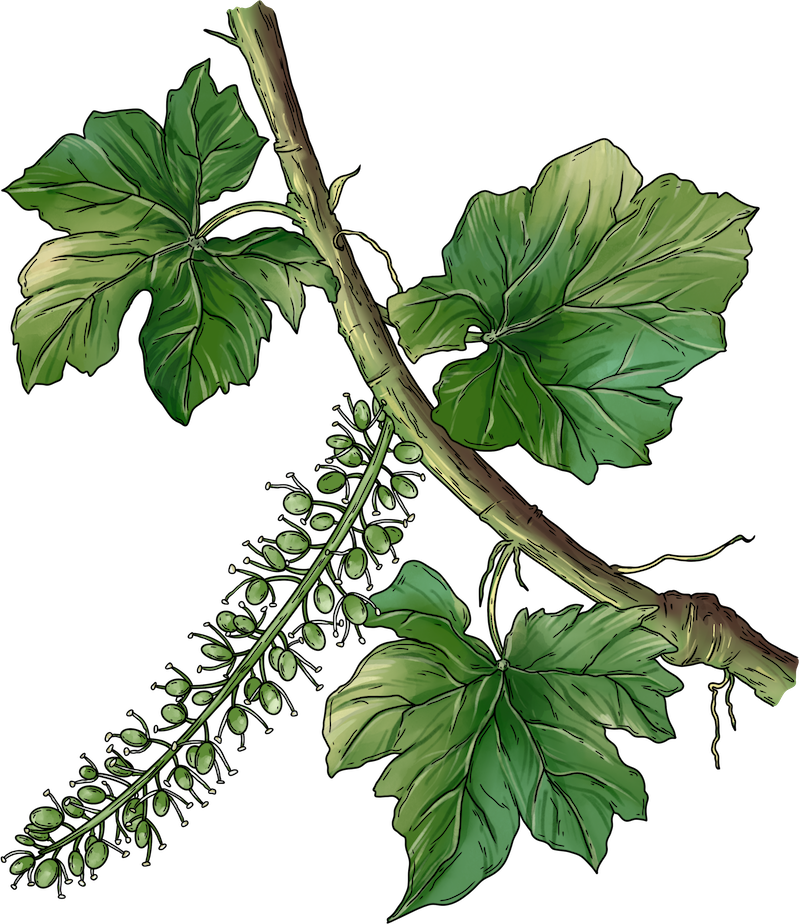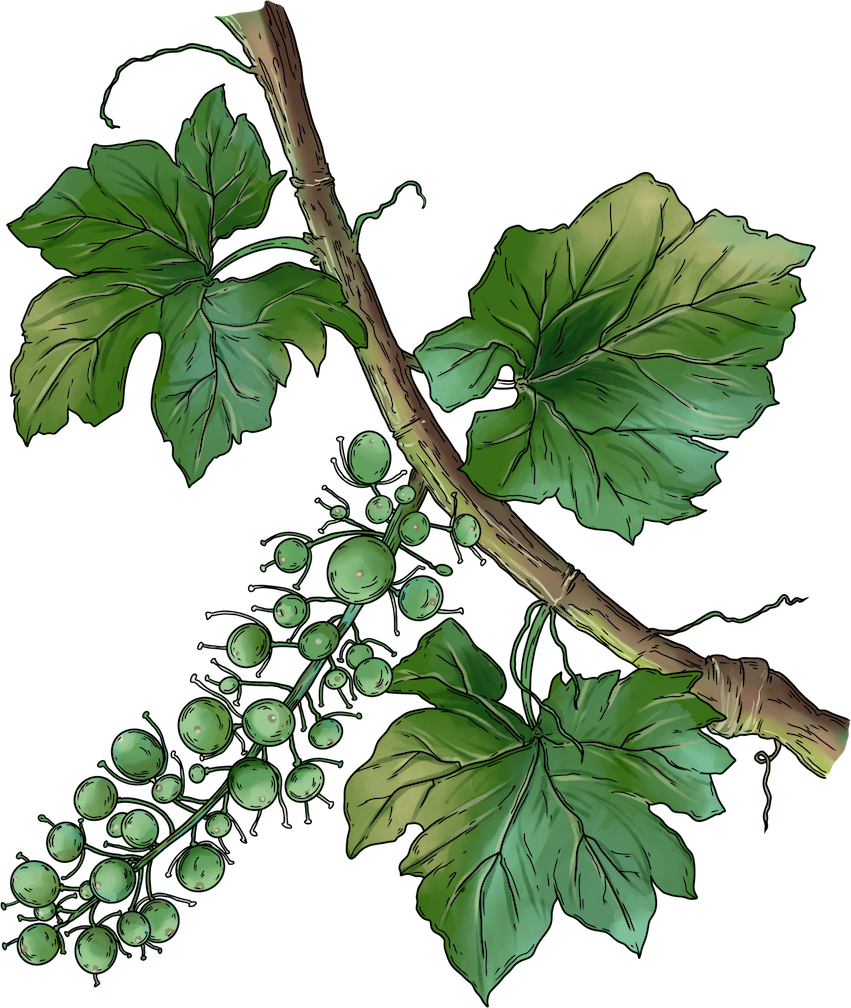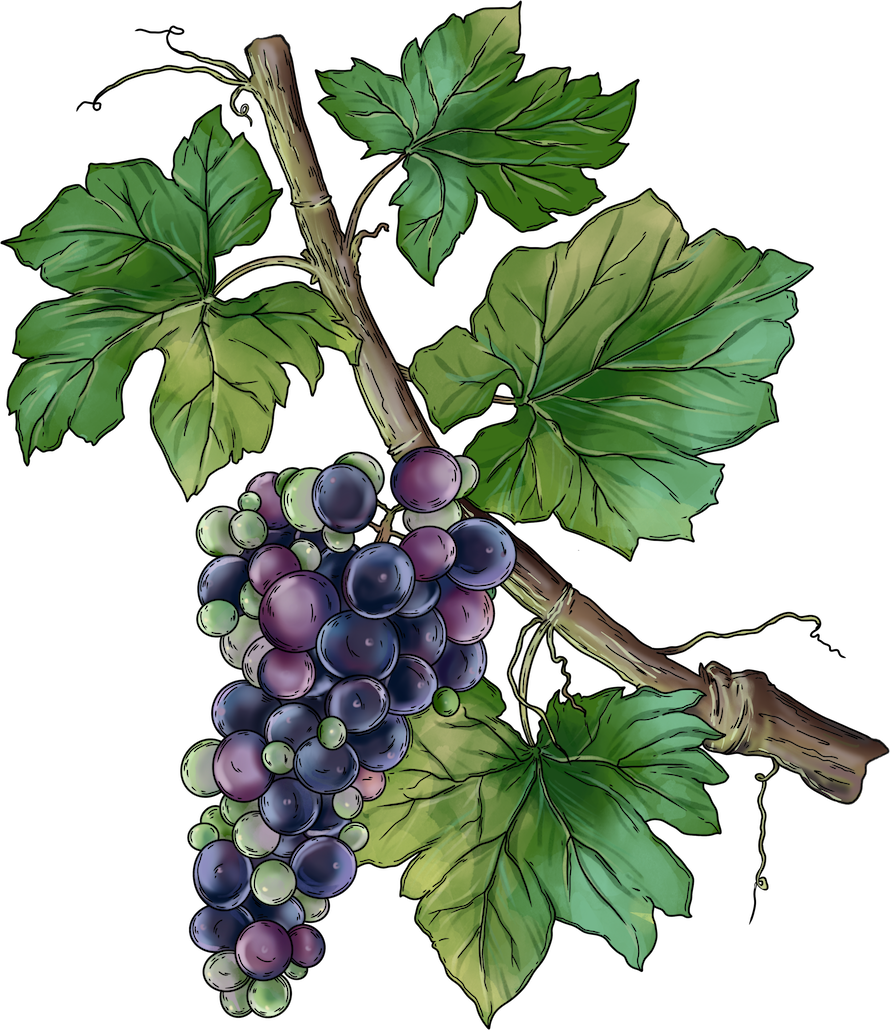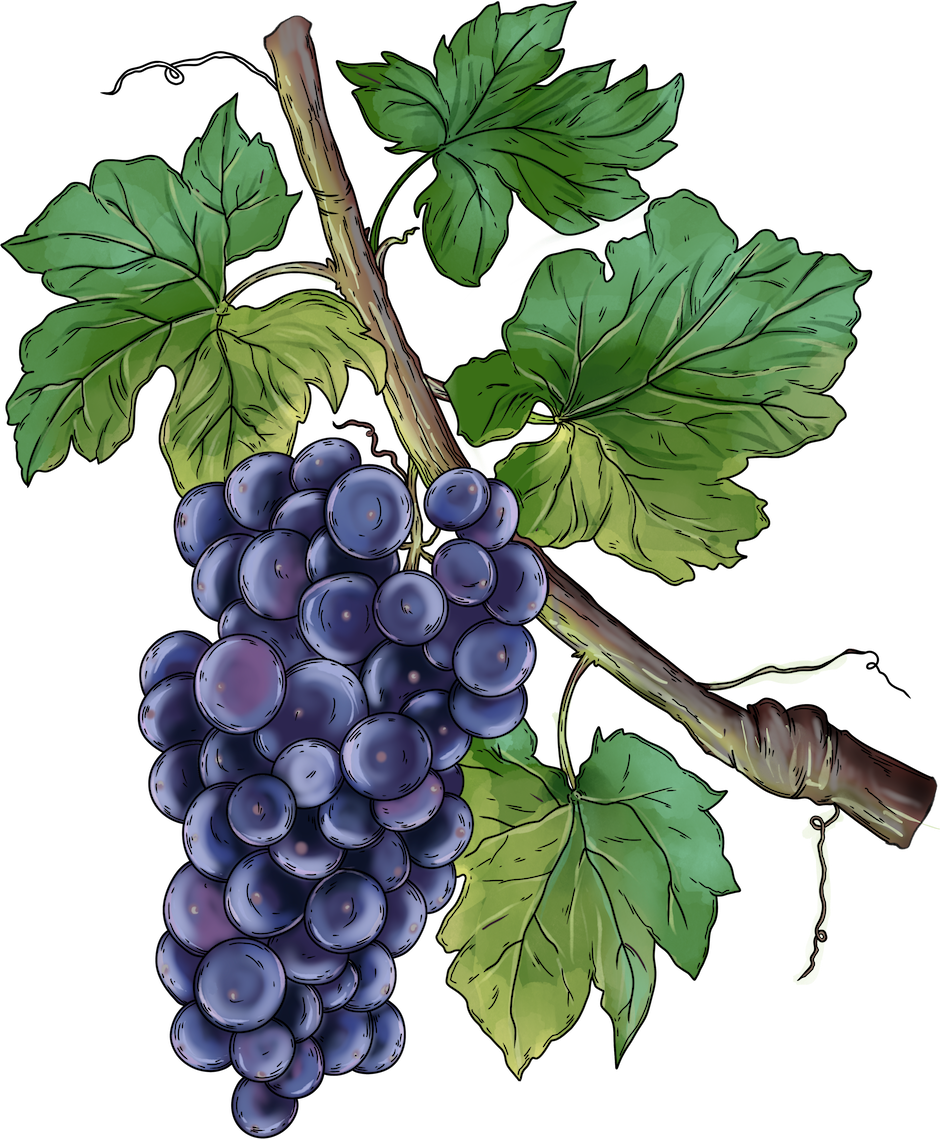Wine is no different than any other product - component sources are taken and combined with the technique and expertise of a maker. The major component in wine is grapes. For most of the wine we drink, those grapes are European grapes from the species vitis vinifera. Humans have spread this species across six of the seven continents (Antartica is the only one missing).
In this article we look at the four stages of growing wine grapes. This is a useful knowledge base as we talk later about different years (also known as vintages).
At its simpliest form, vines need a combination of warmth, sunlight, carbon dioxide, water, and nutrients to survive. Those are often referred to as weather and the terroir. These variables change from year to year creating the variation we see between vintages. It is often remarked that vines which struggle for these key nutrients produce more interesting wine. Whether you find that to be more to your liking is strictly up to your personal preferences. Vines that are grown on fertile valley floors taste different based on these nutrients.
Flowering

Like all fruit-bearing plants, the growing cycle for wine grapes starts with bud break in early spring. By late spring, the vines have reached the flowering stage. In the northern hemisphere flowering occurs around May. In the southern hemisphere flowering occurs around November. This early stage is crucial for the year's crop. The commercially grown vitis vinifera vines are hermaphroditic (meaning they have both male and female organs). These grapes do not need separate pollinators to produce fruit. The flowers are what will turn into the fruit.
Warmth is important as the vine moves into flowering. Late freezes can damage or stunt the growth of the vine which in turn impacts the fruit yield.
Fruit set

In late spring, the flowers fertilize to create fruit. It is not necessarily a one-to-one conversion from flower to fruit - some flowers will never become fruit. These early fruits are far from anything you would want to eat or make wine out of. They are very herbal in taste, bitter, and hard. The later stages bring on the characteristics that we think of as grapes. Both white and red wine varietals start out as green colored grapes.
Veraison

By mid-summer a colorful change occurs which is called veraison. Typically this takes about six to eight weeks from fruit set. The green grapes turn a golden color for white wine varietals and black color for red wine varietals. What is happening here is a chemical change within the grape. Veraison is actually the point at when this coloring process starts versus a period, but it is not unusual to see references to this metamorphosis period using the same term (while not completely accurate).
Ripening

As we enter late-summer or fall the grapes swell as sugar and water go up and acid goes down. The green flavors (also known as herbaceous) decrease. This final stage is known as ripening. Different varietals will reach this stage at different times of the year. Consistent warmth and sun are desirable at this stage.
Growers often check the grapes daily at this point for their progression and relative sugar content (measured as brix levels). Vinters specify when their grapes are to be picked at this stage depending on the style of wine they want to see. The climate during the year creates variation for when picking occurs. Sweeter-styled wines tend to stay on the vine longer to help drive up sugar levels. Those styles include late harvest (extra ripening), botrytis infected grapes (noble rot), and icewine (frozen grapes).
For co-fermented wines this becomes a careful dance since the different varieties will need to be picked at the same time. That often trades off characteristics in one varietal for the other.
Harvest
The growing cycle wraps up with harvest. From this point on the grape characteristics are locked in. What shows up in the wine is dependent on the techniques that the vinter uses, but that is a topic for a different day.
Do you like the art on this page? These were custom drawings I had created specifically for the site. They were created by the talented Atik Sugiwara. All images here are copywritten and retained by the author - please do not use without written permission.